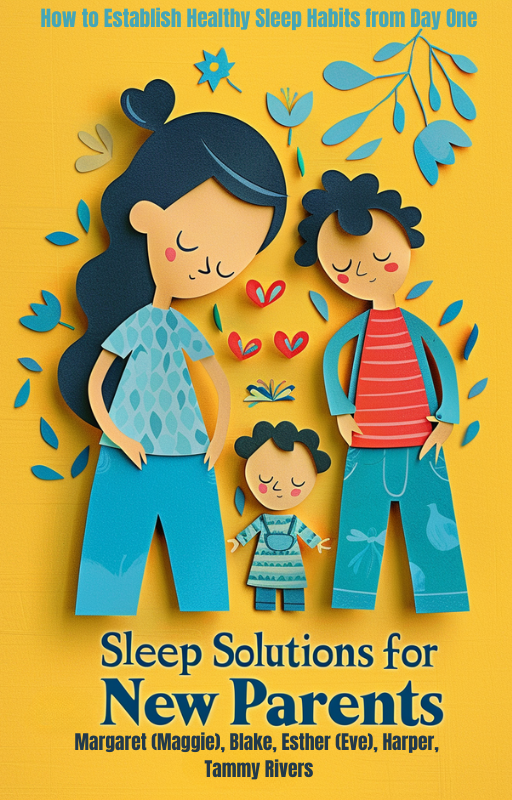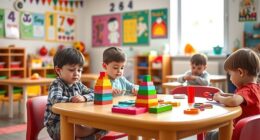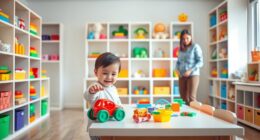Have you ever considered the methods through which kids can unlock their fullest potential?
In this article, I will explore the fascinating journey of a child in the zone of proximal development, where they actively engage in challenging tasks and seek assistance to enhance their learning experience.
By actively seeking guidance from adults or peers, children gain access to expertise, collaborative learning experiences, and diverse perspectives.
Through scaffolding and guided practice, they progress towards independent mastery, empowering them to enhance their cognitive growth and critical thinking abilities.
Key Takeaways
- Engaging in challenging tasks beyond current level of competence
- Seeking assistance to overcome obstacles and access expertise
- Scaffolding and guided practice bridge the gap between independent and guided learning
- Actively seeking assistance enhances learning experience
Characteristics of a Child in the Zone of Proximal Development
I’m motivated to expand my skills and knowledge by engaging in challenging tasks that push me to reach new levels of development. In the zone of proximal development, a child exhibits certain characteristics that facilitate their growth and learning.
One key characteristic is the motivation for growth. Children in the zone actively seek out challenging tasks that go beyond their current level of competence. They are not afraid to step outside their comfort zone and take on new challenges that can push them to new heights of development.
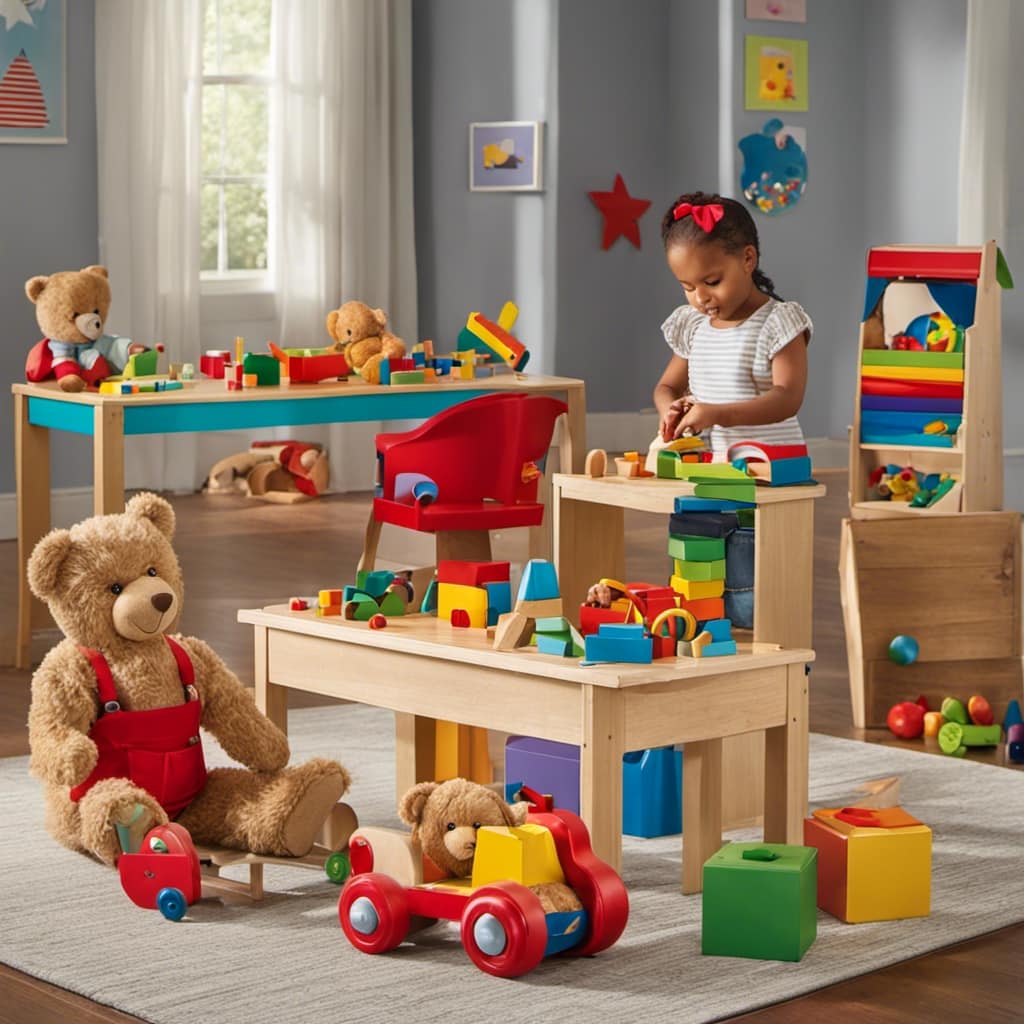
Additionally, collaborative learning experiences play a significant role in a child’s journey in the zone. Engaging with others fosters a rich and diverse learning environment where different perspectives and ideas can be shared, enriching the learning process.
The Child’s Engagement in Challenging Tasks and Seeking Assistance
Motivated to expand my skills and knowledge, I actively seek challenging tasks that push me to reach new levels of development and recognize the need for assistance to overcome obstacles.
The child’s engagement in challenging tasks and seeking assistance is essential for growth and fosters collaborative learning experiences.
-
Motivation for growth: When I engage in challenging tasks, I am driven by a desire to learn and improve. These tasks provide opportunities for me to stretch my abilities and expand my knowledge.
-
Pushing boundaries: Challenging tasks push me to go beyond my comfort zone and explore new possibilities. They help me develop critical thinking skills and problem-solving abilities.
-
Recognizing the need for assistance: I understand that I can’t do everything on my own. Seeking assistance from teachers, mentors, or peers allows me to access expertise and gain a deeper understanding of the subject matter. It also allows me to learn from different perspectives and ideas, enriching my learning experience.

Benefits of Actively Seeking Assistance
Seeking assistance actively enhances my learning experience by providing valuable information, fostering collaborative learning experiences, and tapping into the knowledge and experience of others.
When I actively seek assistance, I am able to gain insights and perspectives that I may not have considered on my own.
Collaborative learning allows me to engage with others and exchange ideas, which leads to a deeper understanding of the subject matter.
Additionally, by seeking assistance, I am able to tap into the expertise of others, benefiting from their knowledge and experience.
This diverse range of perspectives enriches my learning process and allows me to approach problems and tasks from different angles.
Overall, actively seeking assistance not only enhances my learning, but also promotes a sense of collaboration and collective growth.

Progress With Scaffolding
With the support of scaffolding, I can break down complex tasks into manageable steps and receive clear instructions and prompts to aid in my learning process. Scaffolding helps bridge the gap between independent and guided learning, allowing me to build strong foundations and break down barriers.
-
Support provided by teachers or peers helps me succeed in complex tasks.
-
Scaffolding involves breaking down tasks into manageable steps, making them less overwhelming.
-
Clear instructions and prompts/cues guide me through the learning process, ensuring I understand and can apply new information.
By breaking down tasks and receiving guidance, I am able to make progress and develop my skills. Scaffolding empowers me to take on challenging tasks and overcome obstacles, ultimately leading to independent mastery.
It is through this guidance and support that I can continue to grow and unlock my full potential in the zone of proximal development.

Completing Tasks With Guidance
By receiving guidance and support, I am able to complete tasks with assistance and build my skills. Guided task completion plays a crucial role in my journey of unlocking my potential in the zone of proximal development. Through guided practice, I am able to gain the necessary confidence and self-efficacy to tackle challenging tasks. This process involves working closely with a teacher or peer who provides scaffolding, breaking down complex tasks into manageable steps. With clear instructions and prompts, I am able to navigate through the learning process with guidance. Completing tasks with guidance not only helps me acquire new skills, but also allows me to gradually progress towards independent mastery. It is through this guided practice that I am building my self-efficacy and paving the way for future success.
| Guided Task Completion | Building Self-efficacy |
|---|---|
| Allows for assistance in completing tasks | Enhances confidence and belief in one’s abilities |
| Provides support and guidance | Fosters a sense of accomplishment and achievement |
| Bridges the gap between independent and guided learning | Strengthens resilience and perseverance |
| Tailored to individual abilities and needs | Encourages growth mindset and a positive attitude towards challenges |
Motivation to Expand Skills and Knowledge
My motivation to expand my skills and knowledge drives me to engage in challenging tasks that push me to reach new levels of development. To ensure that I am constantly motivated to learn and grow, I employ various strategies that enhance my learning experiences.
Here are three effective motivational strategies that I find helpful:
-
Setting goals: I set clear and achievable goals for myself, which gives me a sense of direction and purpose. Having specific targets to work towards keeps me motivated and focused on my learning journey.
-
Finding personal relevance: I make connections between what I am learning and my own interests, passions, and future aspirations. This helps me see the value and importance of acquiring new knowledge and skills.
-
Celebrating progress: I celebrate small milestones and achievements along the way. Recognizing my progress boosts my confidence and motivates me to continue pushing myself to reach even greater heights.

Pushing Boundaries of Development
I constantly challenge myself to reach new levels of development by pushing the boundaries of my skills and knowledge. As a child in the Zone of Proximal Development, engaging in challenging tasks beyond my current level of competence is crucial for fostering growth. These tasks push me to expand my abilities and strive for excellence.
Recognizing the need for assistance, I actively seek guidance from adults or peers, bridging the gap between independent and guided learning. Actively seeking assistance not only enhances my learning experience but also exposes me to diverse perspectives and ideas, enriching the process.
Scaffolding plays a vital role in my progress, as it helps me navigate complex tasks by breaking them down into manageable steps. With guidance, I develop the necessary understanding and skills to accomplish tasks, building confidence and self-efficacy along the way.
Recognizing the Need for Assistance
In my journey of pushing the boundaries of development, I have come to recognize the need for assistance. As I engage in challenging tasks beyond my current level of competence, I encounter obstacles that require guidance to overcome. Recognizing these obstacles is the first step towards unlocking my potential.
By seeking assistance, whether from adults or peers, I bridge the gap between independent and guided learning. This not only enhances my learning experience but also fosters collaborative learning experiences. Engaging with others brings diverse perspectives and ideas, enriching the learning process.
Through collaborative learning experiences, I am able to tap into the knowledge and experience of others. This access to expertise provides valuable information and a comprehensive understanding of the tasks at hand. By recognizing the need for assistance, I am able to overcome obstacles and continue my journey towards independent mastery.
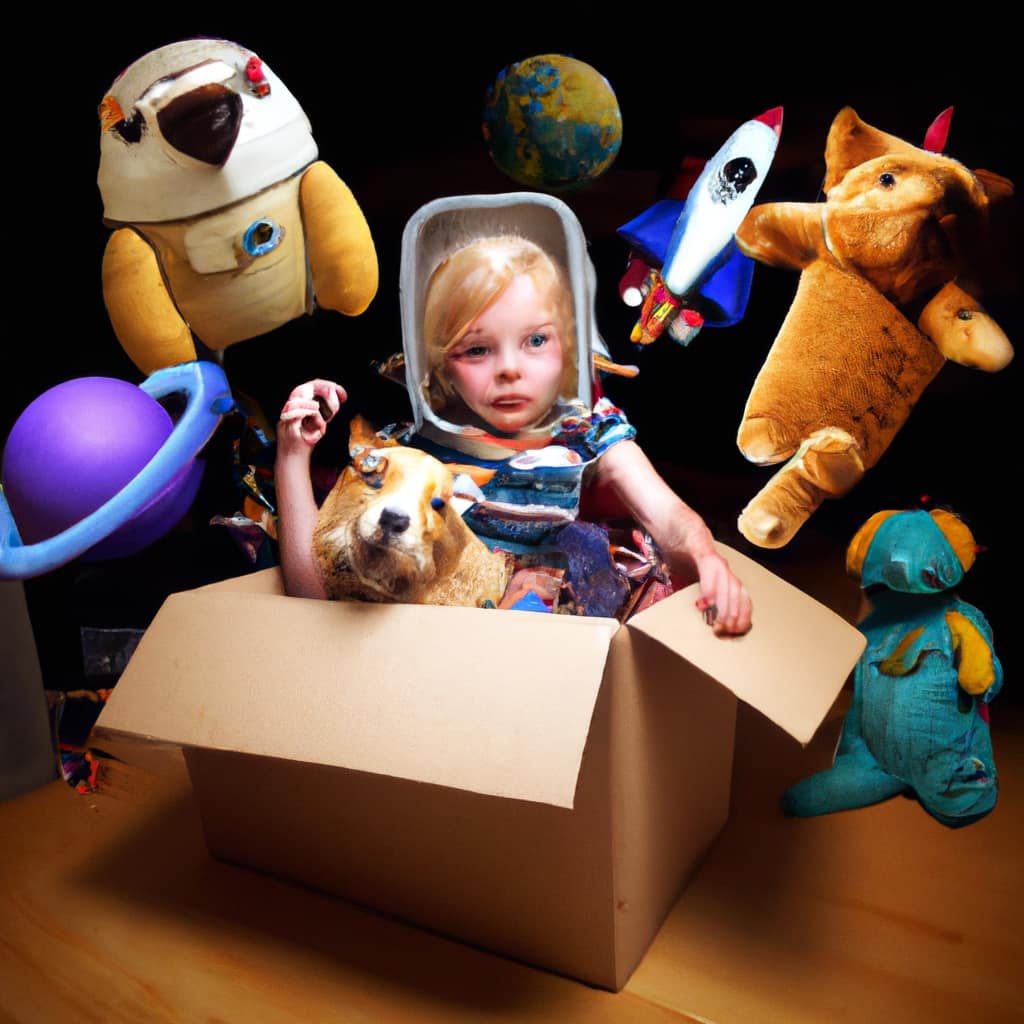
Accessing Expertise for Comprehensive Understanding
Accessing expertise from others allows me to gain a comprehensive understanding of the tasks at hand. Collaborative learning is a powerful tool that enables me to tap into the knowledge and experience of my peers and teachers.
By seeking assistance and engaging with others, I am able to access valuable information and diverse perspectives that enrich my learning experience. The act of actively seeking guidance not only enhances my understanding but also fosters collaborative learning experiences.
Through collaborative learning, I am able to engage in discussions, share ideas, and receive feedback, which further deepens my understanding and promotes critical thinking. The expertise of others acts as a guiding light, helping me navigate complex tasks and overcome obstacles.
With the support and guidance of those around me, I can confidently progress towards independent mastery.
Empowering Child Through Scaffolding and Guided Practice
By actively seeking assistance and engaging in guided practice, I can empower myself to take on challenging tasks and overcome obstacles. Here’s how:
-
Motivating learners: Actively seeking assistance enhances the learning experience by keeping learners engaged and motivated. When we recognize the need for guidance, we become more invested in our own growth and development.
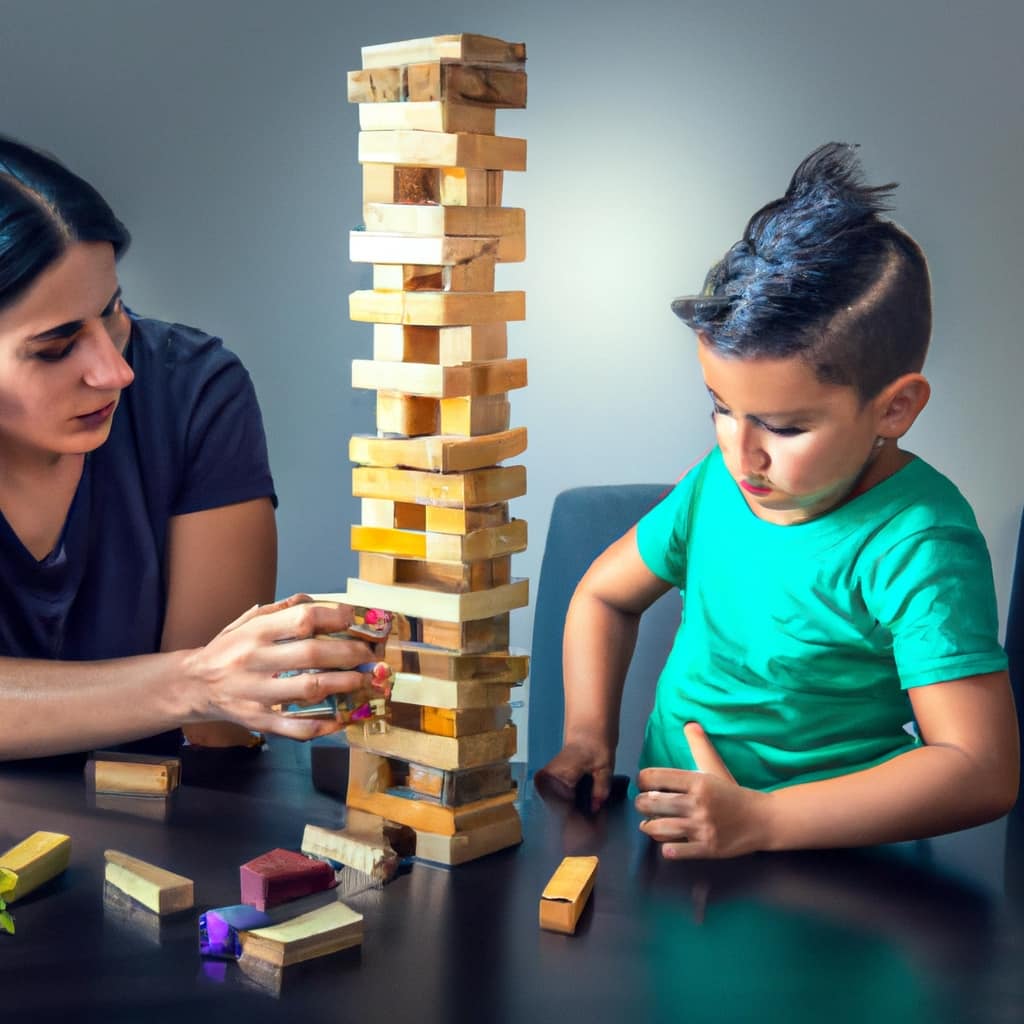
-
Collaborative learning experiences: Engaging with others and seeking guidance fosters collaborative learning experiences. By tapping into the knowledge and experience of teachers and peers, we gain diverse perspectives and ideas that enrich our learning process.
-
Progress through scaffolding: Scaffolding helps bridge the gap between independent and guided learning. With support from teachers or peers, we can succeed in complex tasks by breaking them down into manageable steps. This process builds confidence and self-efficacy, empowering us to take on challenging tasks and overcome obstacles.
Through active seeking of assistance and guided practice, we can unlock our potential and achieve growth in our educational journey.
Frequently Asked Questions
How Does a Child’s Motivation to Expand Skills and Knowledge Contribute to Their Development in the Zone of Proximal Development?
A child’s intrinsic motivation to expand skills and knowledge drives their development in the Zone of Proximal Development. It pushes them to take on challenging tasks and seek assistance, bridging the gap between independent and guided learning.
What Are Some Examples of Challenging Tasks That a Child Can Engage in to Push Their Boundaries of Development?
Engaging in challenging tasks, such as problem-solving puzzles or science experiments, can push a child’s boundaries of development. These activities stimulate cognitive growth and enhance critical thinking skills.
How Does Actively Seeking Assistance From Adults or Peers Enhance the Child’s Learning Experience?
Seeking assistance from adults or peers enhances my learning experience by providing valuable information and diverse perspectives. Collaborative learning fosters a deeper understanding and enriches the learning process through shared knowledge and experiences.

What Are Some Strategies or Techniques Involved in Scaffolding to Bridge the Gap Between Independent and Guided Learning?
Scaffolding techniques in bridging the gap between independent and guided learning include breaking down tasks, providing clear instructions and prompts, and tailoring guidance to individual needs. These strategies empower learners to develop independent problem-solving skills.
How Does Guided Practice With Assistance From a Teacher or Peer Contribute to the Child’s Confidence and Self-Efficacy in Completing Tasks?
Guided practice with assistance from a teacher or peer boosts my confidence and self-efficacy in task completion. Feedback plays a crucial role in enhancing my belief in my abilities. A supportive learning environment fosters my growth.
Conclusion
In conclusion, a child’s journey in the zone of proximal development is a transformative experience that unlocks their potential and fosters cognitive growth.
By actively seeking assistance and engaging in challenging tasks, children can expand their skills and knowledge.
While some may argue that children should solely rely on independent learning, it is important to recognize that scaffolding and guided practice play a crucial role in bridging the gap between dependence and independence.
These strategies provide support, enhance learning experiences, and empower children to develop critical thinking abilities.

Therefore, embracing the zone of proximal development is essential for a child’s holistic development.
